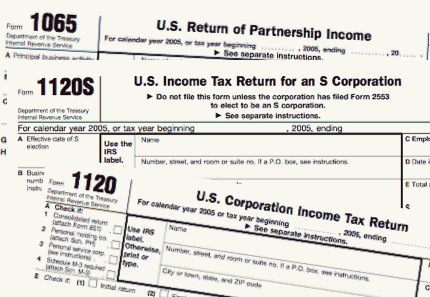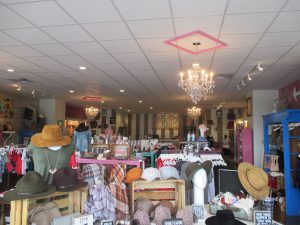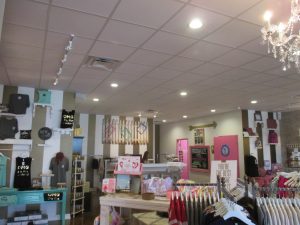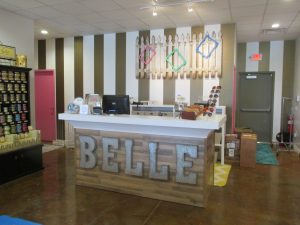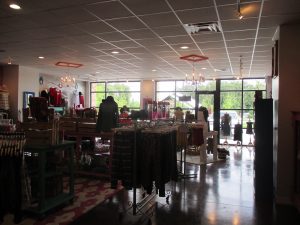The 179d Tax deduction was originally passed in 2005 allowing buildings with energy efficient components (i.e. lighting, HVAC, envelope) to receive a federal tax deduction. A few changes have been made to the law since then but one facet of the law keeps coming up over and over again; the law keeps expiring every two years.
In the past the government has always renewed it, but sometimes at the last minute, and in the case of 2015 retroactively a year after expiration. The 179d tax deduction is nestled in with the larger Section 179 which includes lots of tax deduction methods for businesses. These tax deductions are a bit higher profile and there has historically been a lot of pressure to extend them if not make them permanent.This bring us to this year where the tax deduction is again set to expire on December 31, 2016. Any projects completed after this date are (currently) out of luck.
Last year, Senator Orrin Hatch (R-UT) introduced the Tax Relief Extension Act of 2015 which would make provisions of Section 179, including 179d, permanent. It would also expand the eligible buildings to include non-profits (the tax deduction could be assigned to the design team). This bill was referred to the Senate Committee on Finance where it currently awaits further consideration.
Representative Steve Womack’s (R-AR) office reported that they are unaware of any specific bills currently moving through the House to address the tax extenders. However, they do expect one to be produced and are confident that it would pass the house before the end of the year.
While there aren’t many specifics, the tax extenders do appear to be receiving some thought in Washington. I believe that the best case scenario is one in which Section 179d receives a permanent extension before December 31, 2016. Of course, the worst case scenario would be one in which it lapses not to be renewed. A more likely worse case scenario would be section 179d getting retroactively renewed in the next Congress towards the end of 2017 similar to what we saw happen in 2015.
Stay tuned for updates over the next few months as this package is hopefully assembled and makes it through the halls of our federal government. If you have any questions about Section 179d (read more on our services page) or believe you have a project that could benefit, please contact us for more information.

